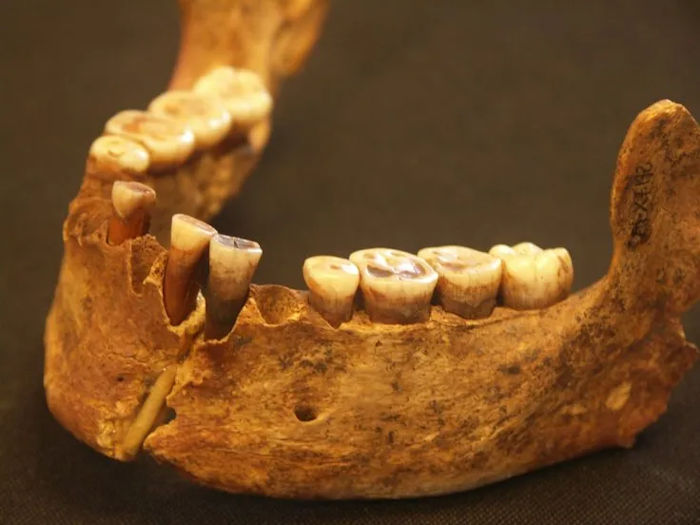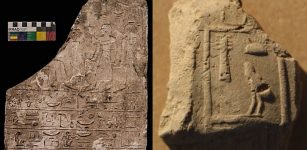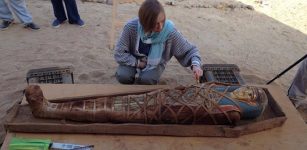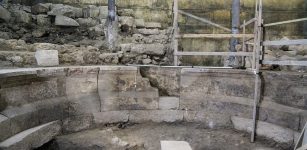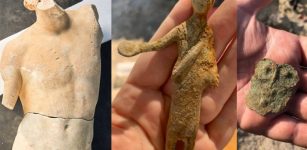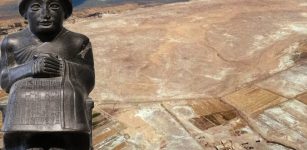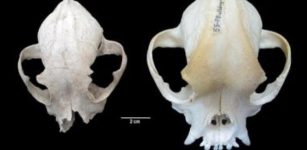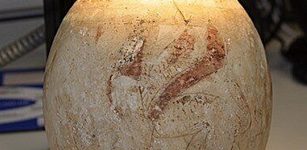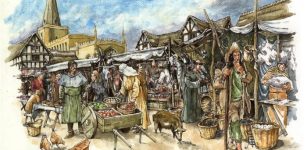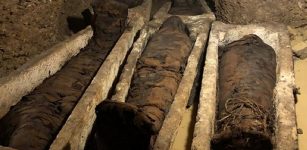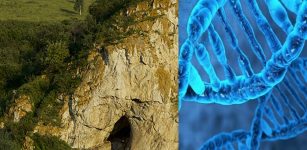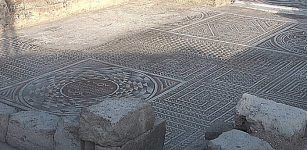Rare Bone Tool Workshop Used By Paleolithic Hunter-Gatherers Found In El Mirón Cave
Jan Bartek - AncientPages.com - Archaeologists have been interested in El Mirón cave for a long time, and over the years, many fascinating finds have been reported from this corner of the world.
First discovered for science in 1903 by local archaeologists and surveyed by University of New Mexico Professor of Anthropology Lawrence Straus in 1973, systematic excavation of the cave began in 1996 when Straus and Manuel González Morales of the University of Cantabria began their major ongoing research in the cave, leading to the discovery of prehistoric remains ranging from the time of the last Neanderthals through the Bronze Age.
Credit: Adobe Stock - andreiuc88
The remains of prehistoric people, primarily the Magdalenians, hunter-gatherers who lived across Western Europe at the end of the last Ice Age, have contributed to our understanding of ancient history.
In 2010, scientists found the grave of the “Red Lady of El Mirón,” a Magdalenian woman who had died around 18,700 years earlier at age 35 to 40. It was a remarkable archeological discovery that naturally sparked scientific curiosity about what more could be hidden in the intriguing Spanish cave.
Scientists know that as far back as 45,000 years ago, groups of hunter-gatherers lived in what is now called El Mirón Cave near the northern coast of Spain.
In an article titled "Structuring domestic space in the Lower Magdalenian: an analysis of the fauna from Level 115 of El Mirón Cave, Cantabria" in Antiquity, lead author and UNM Archaeology Associate Professor Emily Lena Jones tests Straus's hypothesis that prehistoric people who lived in the cave 20,000 years ago created a partition or workbench where they crafted their bone tools, a rarity among examples of Paleolithic hunter-gatherer structures in caves.
"El Mirón is a huge cave that people lived in over a long period of time, in several parts of the cave. But in Paleolithic cave sites like this, people didn't necessarily live there all the time," Jones explained.
"They were hunter-gatherers, who are generally more mobile than people who rely on agriculture. When people weren't in the cave, other critters were in residence. Those other critters, as well as other non-human-related activities like rockfall, influence what we find in cave sites."
Anthropologist Lawrence Straus at work in Spain’s El Miron Cave, where the bones of the Red Lady were found. . Image credit & courtesy: Maxwell Museum
That, along with the fact that hunter-gatherers don't construct sites in the same way that non-hunter-gatherers do, can make it difficult to definitively demonstrate how Paleolithic people constructed homes within caves. At El Mirón, hearths, pits, and small structures provide some evidence of Paleolithic home-making.
In addition to these features, the rear of El Mirón Cave contains a linear alignment of rocks that is possibly a wall or a bench. Since the cave doesn't contain other similar areas of large, seemingly aligned fallen rock, it seems likely that this feature was at least used, and possibly modified or even constructed by the people who lived there, perhaps in relationship to the working of animal bones and stones to make tools. The idea of a wall was first set forth in an article by Straus and Gonzalez Morales in 2018.
In this research, Jones and colleague Ana B. Marín-Arroyo used the bone material that was discarded around the rock feature to test Straus's and González Morales's idea.
"Our hypothesis was that if this feature was used by the inhabitants, the discard around it should show clear patterning. Our analysis showed that this was the case. The stone alignment does seem to have been used in some way, and probably not just to isolate a trash heap," said Jones.
"It seems more likely that it is associated with a bone-working area. While probably most of the bones were from animals that initially did provide food for people, by the time the bone fragments were discarded in Level 115 of the cave, they'd also have been broken in ways that suggest people were making tools out of them."
This discovery adds to the small list of known examples of Paleolithic hunter-gatherer structures in caves in that many cave structures seem to be associated with religious or ceremonial activities, but the area in El Mirón looks like it demarcates a working area.
Lower jaw of the 18,700-year-old Red Lady of El Mirón Cave from northern Spain. Credit: Lawrence Straus
Jones carried out the identification of the fauna from El Mirón's Level 115 as part of a Fulbright Scholar Award in 2017. She worked with Marín-Arroyo, associate professor of Prehistory and leader of the Human Evolution Group (EvoAdapta) at the University of Cantabria in Spain, who conducts much of the analysis of El Mirón fauna. Jones also conducted the statistical analysis. Straus, Leslie Spier Distinguished Professor Emeritus in the UNM Department of Anthropology, and González Morales, Professor Emeritus at the University of Cantabria, directed the project and also completed the analysis of the stone tool materials.
Straus and González Morales are known for the 2010 discovery of the Red Lady of El Mirón, who died around 18,800 years ago. The skeleton is estimated to be that of someone between 35 and 40 years of age, and her bones were coated with ochre, a red iron-based pigment, hence, her name.
See also: More Archaeology
"I am so honored to have had this opportunity to work with Ana, Manolo, and Lawrence, and also to work with material from the legendary site of El Mirón," Jones said. "It was a truly amazing experience and would have been so regardless of what we found. The fact that we were able to find evidence supporting this kind of domestic structure was the cherry on top."
The study was published in the journal Antiquity
Written by Jan Bartek - AncientPages.com Staff Writer



